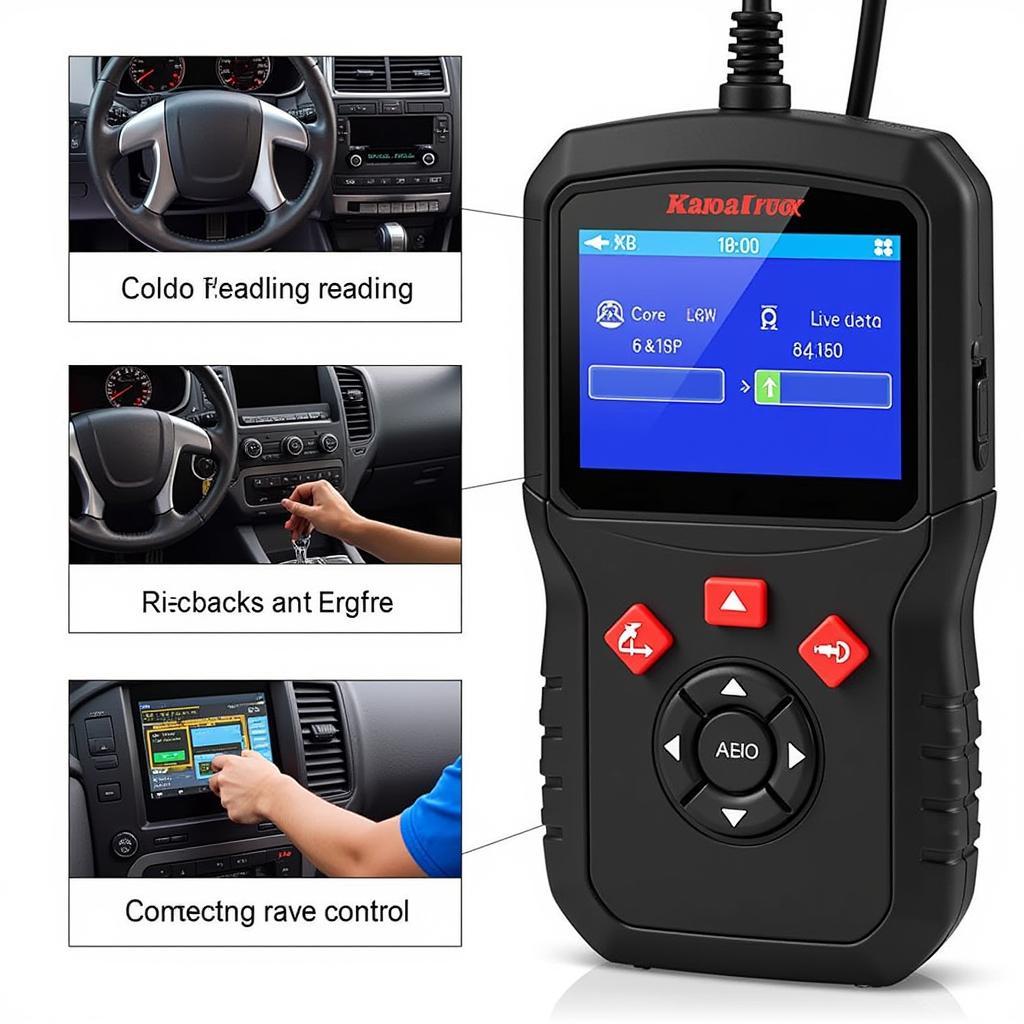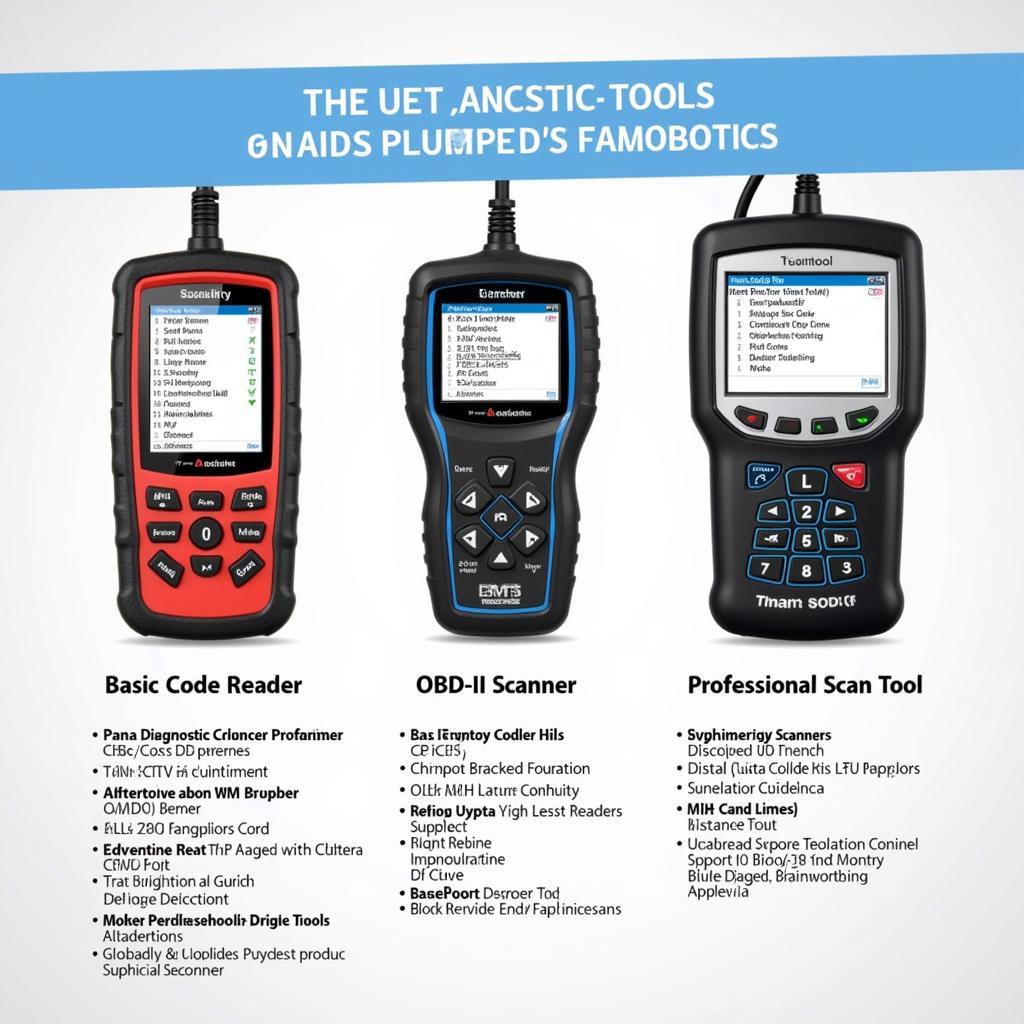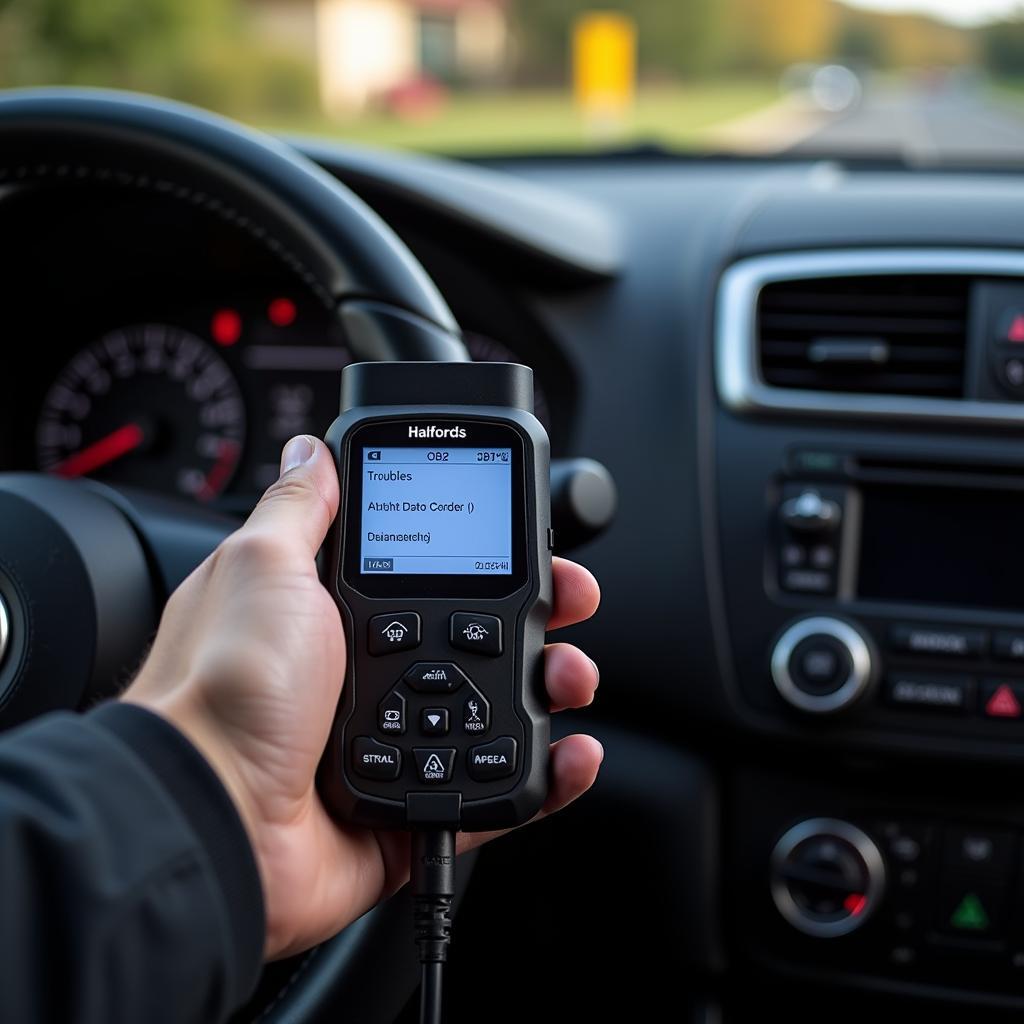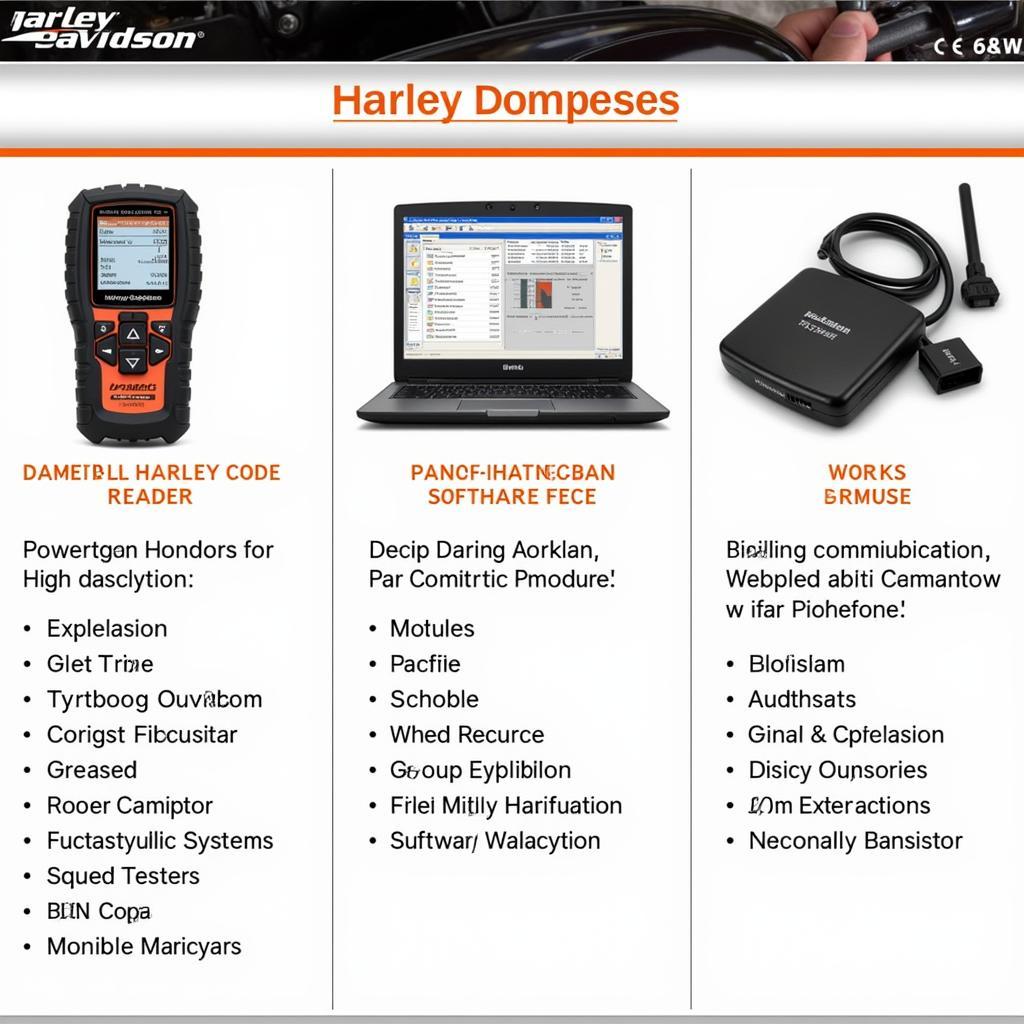A Good Auto Diagnostic Tool is essential for any car owner, mechanic, or technician. It can save you time, money, and frustration by quickly and accurately identifying car problems. But with so many options on the market, how do you choose the right one? This guide will help you navigate the world of automotive diagnostic tools and find the perfect fit for your needs.
What Makes a Good Auto Diagnostic Tool?
A good auto diagnostic tool should be accurate, reliable, easy to use, and affordable. It should also be compatible with your vehicle’s make and model. Some key features to look for include:
- Code Reading and Clearing: The ability to read and clear diagnostic trouble codes (DTCs) is essential. This allows you to pinpoint the source of a problem and reset the check engine light.
- Live Data Streaming: Live data streaming allows you to see real-time sensor data, such as engine RPM, coolant temperature, and oxygen sensor readings. This is crucial for diagnosing intermittent problems and monitoring system performance.
- Bi-directional Control: This feature allows you to activate various components, such as fuel injectors and solenoids, to test their functionality. This is a valuable tool for advanced diagnostics.
- Vehicle Coverage: Ensure the tool supports the makes and models you work with. Some tools specialize in specific manufacturers, while others offer broader coverage.
- User Interface: A user-friendly interface with clear menus and intuitive navigation is essential for efficient diagnostics.
 Essential Features of a Good Auto Diagnostic Tool
Essential Features of a Good Auto Diagnostic Tool
Types of Auto Diagnostic Tools
There are various types of auto diagnostic tools available, each with its own strengths and weaknesses. Here are some of the most common types:
- Code Readers: These basic tools can read and clear DTCs but don’t offer advanced features like live data streaming or bi-directional control. They are a good option for basic diagnostics and DIY repairs.
- OBD-II Scanners: These tools provide more advanced features than code readers, including live data streaming, freeze frame data, and some bi-directional control capabilities. They are a good choice for both DIYers and professionals. Similar to the [best obd car diagnostic tool], these scanners offer comprehensive functionalities.
- Professional Scan Tools: These high-end tools offer the most comprehensive diagnostic capabilities, including advanced bi-directional control, programming functions, and access to manufacturer-specific data. They are typically used by professional mechanics and technicians.
 Different Types of Automotive Diagnostic Tools
Different Types of Automotive Diagnostic Tools
How to Choose the Right Auto Diagnostic Tool
Choosing the right auto diagnostic tool depends on your specific needs and budget. Consider the following factors:
- Your Skill Level: If you’re a DIYer, a code reader or OBD-II scanner may be sufficient. If you’re a professional technician, you’ll need a more advanced professional scan tool.
- Your Vehicle: Make sure the tool is compatible with your vehicle’s make and model.
- Your Budget: Diagnostic tools range in price from a few dollars to several thousand dollars. Set a budget before you start shopping.
You can also explore resources like [windows sensor diagnostic tool download] to access diagnostic tools on your computer.
Common Mistakes to Avoid When Using an Auto Diagnostic Tool
- Misinterpreting Codes: Diagnostic trouble codes (DTCs) don’t always pinpoint the exact problem. They provide clues that need to be investigated further. Don’t just replace parts based solely on a DTC.
- Ignoring Other Symptoms: Don’t rely solely on the diagnostic tool. Pay attention to other symptoms, such as noises, smells, and performance issues.
- Not Updating Software: Keep your diagnostic tool’s software up to date to ensure compatibility with the latest vehicles and access to the latest features. For instance, the [windows app diagnostic tool] regularly receives updates to enhance its functionalities.
- Failing to Consult Resources: Don’t hesitate to consult repair manuals, online forums, or technical support if you’re unsure about a diagnosis.
Conclusion
A good auto diagnostic tool is an invaluable asset for anyone who works on cars. By understanding the different types of tools available and following the tips in this guide, you can find the perfect tool to meet your needs and keep your car running smoothly. For a specific example, the [launch diagnostics tool] offers a robust solution for professional diagnostics. We encourage you to connect with us at ScanToolUS for further assistance. You can reach us at +1 (641) 206-8880 or visit our office at 1615 S Laramie Ave, Cicero, IL 60804, USA.
FAQ
- What is the difference between a code reader and a scan tool? Code readers only read and clear codes. Scan tools offer more advanced features like live data streaming and bi-directional control.
- Do I need a professional scan tool? If you’re a DIYer, a code reader or OBD-II scanner may be sufficient. Professionals typically require more advanced tools. Consider exploring options like the [websense web endpoint diagnostic tool] for advanced network diagnostics.
- How do I update my diagnostic tool’s software? Consult the manufacturer’s instructions for specific instructions on updating your tool’s software.
- What should I do if I can’t figure out a problem with my car? Consult a qualified mechanic or technician.
- Are all diagnostic tools compatible with all cars? No, make sure the tool you choose is compatible with your vehicle’s make and model.
- How much should I spend on a diagnostic tool? Diagnostic tools range in price from a few dollars to several thousand dollars. Set a budget based on your needs and skill level.
- Can a diagnostic tool fix my car? No, a diagnostic tool helps you identify problems but doesn’t actually fix them. You’ll need to perform the necessary repairs yourself or take your car to a mechanic.


